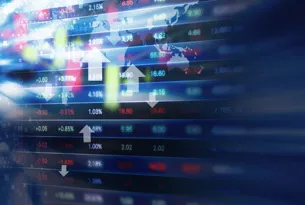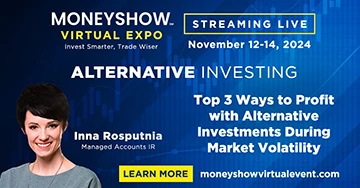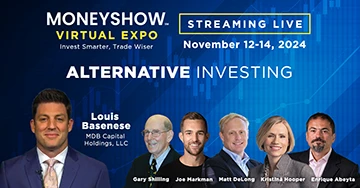International ETFs tend to hold up well even when the US market falters, says Deron Wagner, who discusses important risk factors and the methods he uses to select the best ETFs to trade.
There seems to be a new ETF out every day, and there are a lot of international ETFs that deserve your attention as a trader as well. Our guest today is ETF expert Deron Wagner to talk about that.
So, Deron, why international ETFs? What are the benefits?
One of the benefits of international ETFs is the fact that there’s a lot of diversity in the ETFs. In other words, they have a low correlation to the US stock market indexes, so sometimes, although the US stock market may be going down, there are international ETFs that will trade completely opposite, or in a divergent manner. There’s low correlation.
Are we talking about ETFs that focus on a specific country or even specific sectors within various countries and areas?
Both. There are ETFs that track specific regions, such as Europe. Then there are country-specific ETFs as well. In fact, there’s a large variety of ETFs. A couple years ago, there were only ones to cover the main markets, but now there’s many that cover the emerging markets, which are actually doing very well right now.
Alright, so what are some of the risks I need to be aware of with these international ETFs?
Well, with the international ETFs, one of the things to be aware of is that in the morning, they do tend to have a larger gap on the open, meaning that they open significantly far away from where they closed the previous day.
That’s because they’re trading generally in a different time zone, and then when the US market opens, they get adjusted, so they do have big gaps, is one risk.
Another risk to consider is that some of them are very light volume. So, with ETFs, the volume doesn’t matter a lot because they are synthetic instruments, but sometimes the spread will be a little bit wide if the volume is too light. So, we tend to look for ETFs that do at least 100,000 shares a day in average volume.
How aware do I need to be of the news in the specific country or area? Is it something that I really need to be familiar with that country’s business?
I think it depends on your strategy. For me, no. For me, I basically just look at the charts, and I find that I use technical analysis the same as I use for all my other ETFs and stocks.
The beauty of the international ETFs is that stock markets around the world, they basically perform the same way. Because markets are driven by fear and greed, and human emotions of fear and greed are the same around the world, you’ll find that regardless of which region or which country you’re trading in, the technical analysis concepts that I use work the same.
What are your favorites? Can you give us an idea of a garden variety tool?
Sure. I like to use relative strength—not the relative strength indicator, not RSI—but by relative strength I overlay the specific ETF of a country with the S&P 500, and I compare the percentage changes of them and look for divergence, bullish divergence.
Generally, the ETFs that are performing well or holding up as the S&P, for example, goes down, those are going to be the strongest ETFs to lead.
Related Reading:










































